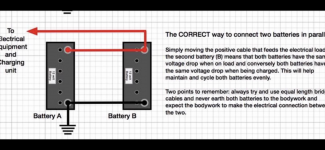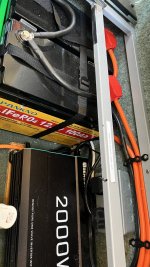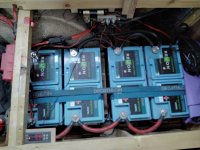Inverter connection query.
- Thread starter sydnsue
- Start date
Users who viewed this discussion (Total:68)
5andy,
jeffmossy,
Monkeybrand,
wildebus,
mistericeman,
oppy,
rugbyken,
2cv,
HurricaneSmith,
alwaysared,
Fifer,
Obanboy666,
exmusso,
Livotlout,
AllanD,
Bouydog,
Boggie,
Heppy,
St3v3,
Tezza33,
Moocher,
johndoris,
marchie,
Lee,
GMLS,
Trotter,
TJBi,
merl,
Mr and Mrs Tupcox,
Alberto,
Bigshug,
mikewroe,
Gee Pee,
Steveandjulie,
Rec,
andyjanet,
TissyD,
nabsim,
Phantom,
davethorpeo,
Scotia,
number14,
taylo482001,
FIJIT,
rambrose,
SimonM,
Geek,
trevskoda,
RegnVal,
Matthew362,
gasgas,
Exwindsurfer,
Snapper,
Landyseverywhere,
Morse,
Topmast,
Pudsey Bear,
Double Beez,
Mark135,
Molly 3,
davef,
Alickswud,
The Raptor,
Aly1,
bilw,
motoroamer,
MJK,
The laird,



